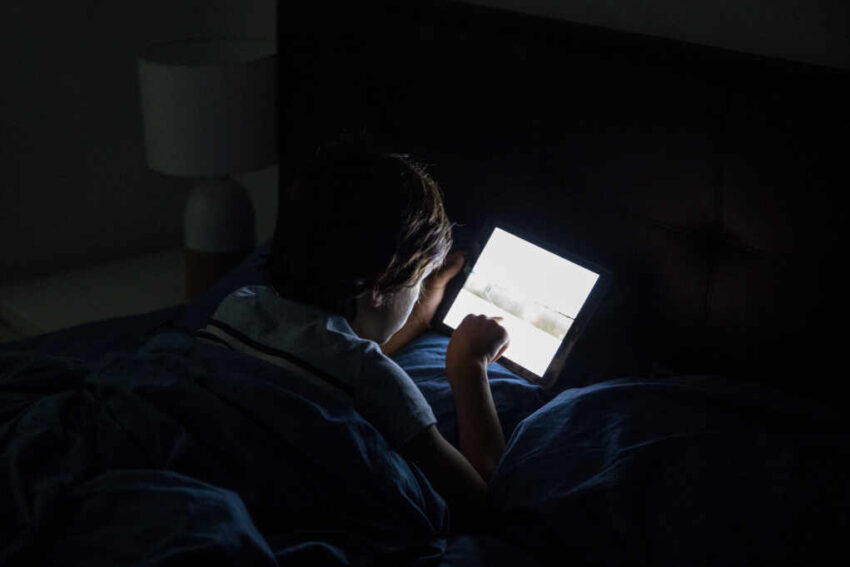As summer break ends, children’s rising screen use and mounting privacy risks are fueling new parental anxieties over technology’s role in daily life.
At a Glance
- Children’s screen time increased notably during summer months
- 26% of kids reported using AI tools such as ChatGPT for learning
- YouTube and Google rolled out new parental control features
- 80% of teens say they can manage screen time, but parents remain doubtful
- Studies warn of long-term impacts on privacy, social skills, and mental health
Summer Surge in Digital Use
Studies tracking children’s technology habits report that the unstructured nature of summer break led to sharp increases in device usage. Streaming platforms and interactive gaming apps topped the list, while AI tools gained significant ground. According to recent surveys, more than one in four children used AI chatbots for educational support during the holidays.
Watch now: Experts warn parents on summer ‘screen surge’ · YouTube
Parents, however, remain uneasy about this trend. Privacy risks associated with children’s data, combined with fears of behavioral changes tied to extended device use, have heightened concern. While digital tools can foster creativity and supplement learning, families are struggling to maintain balance as tech consumption cuts into offline activities.
Industry Steps In
In response to parental concerns, major tech firms have launched new digital wellbeing initiatives. YouTube expanded its “Take a Break” reminders to encourage healthier viewing patterns, while Google’s Family Link introduced stronger controls to help parents monitor app use and screen time.
Despite these features, parental confidence remains low. Surveys show a significant mismatch between how teens and parents perceive digital self-control: while 80% of teens believe they can regulate their own habits, many parents report feeling guilty or unprepared to intervene. This divide underscores the growing need for clearer tools and educational resources tailored to families.
Balancing Freedom and Safety
The consequences of unchecked digital habits may extend beyond immediate entertainment. Experts caution that heavy screen use could affect children’s attention spans, privacy awareness, and social development. Findings from multiple reports suggest that without consistent boundaries, children risk developing patterns that persist into adolescence and adulthood.
The technology industry has acknowledged these challenges, promoting incremental safeguards to protect younger users. Yet researchers emphasize that without regulatory guidance and more comprehensive parental education, industry measures alone may fall short. Schools and families are being urged to set structured boundaries as the academic year begins, reintroducing routines that balance digital learning with offline experiences.
Looking Ahead
With the school year approaching, the intersection of screen time, privacy, and education remains a pressing issue for families. Policymakers, educators, and technology providers face the task of ensuring that innovation aligns with responsible use. For parents, the challenge is twofold: adapting to the rapid evolution of children’s digital habits while equipping themselves with the knowledge and tools to safeguard wellbeing.
If current trends continue, the debate over technology’s role in childhood development will intensify, with long-term implications for both industry regulation and family dynamics.
Sources
Click this link for the original source of this article.
Author: Editor
This content is courtesy of, and owned and copyrighted by, https://thecongressionalinsider.com and its author. This content is made available by use of the public RSS feed offered by the host site and is used for educational purposes only. If you are the author or represent the host site and would like this content removed now and in the future, please contact USSANews.com using the email address in the Contact page found in the website menu.





